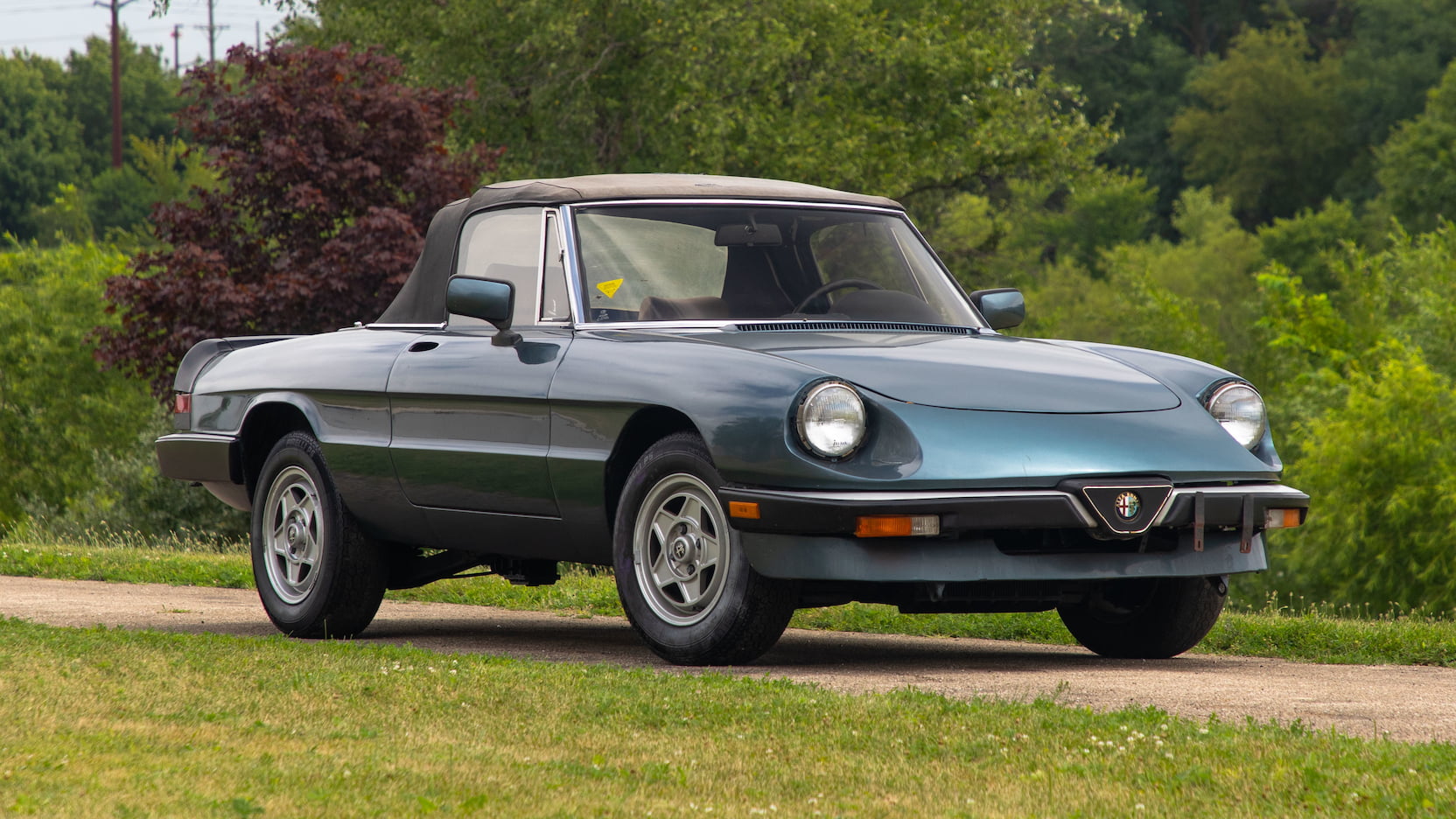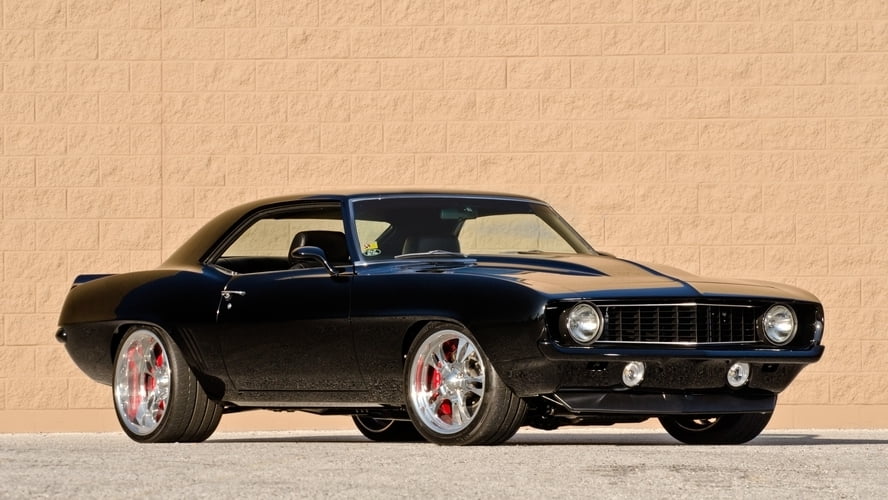Photo credit: Mecum
If I didn’t know better, I’d say the Mecum auction house was originally from Texas. The reason is quite straightforward: Texas is known for its large numbers regarding absolutely everything. If a Texas farmer tells you he has a “small farm” do not believe him because unlike in Europe, cultivated areas are not measured in acres but in thousands of acres.
In reality Dana Mecum founded his company in Wisconsin but merely quoting their own slogan, “Nobody sells more than Mecum” would justify some of the numbers from the most recent auction in Indianapolis. In the middle of the pandemic they organized a marathon of 9 days (over 100 hours in total!) with 2,500 lots on offer, a percentage of sales (cars only) which reached 73,92% and took in $62,950,000 (plus those sold after the auction) in addition to motorcycles, boats, and memorabilia…

The first thing even the most unexperienced collectors would have noticed was the ingenious solution they came up with to allow buyers to be present in the hall and to bid. Realizing that auctions are not a simple negotiation between buyer and seller but something more “social”, where the direct battle is an incentive to increase prices, they arranged wooden tables around which, appropriately distanced from one another, bidders could try to buy the car without having to wear masks and, nevertheless, enjoy a normal auction experience. The effect wasn’t particularly elegant (it felt like a cross between a state competition and a village festival) but the idea can only be declared brilliant, the best solution I have seen so far, and this only deserves my most heartfelt compliments.
Let’s move on in more detail to the sales and my picks.
With 2,500 cars on offer it is almost impossible to choose the best deal of the auction but, perhaps because it was one of the first lots sold or perhaps for its incredibly low price, the fact is that the 1989 Alfa Romeo Spider 2.0 Veloce takes my very personal prize as the “steal of the season”. It was one of the last examples of the third series (the one with more rubber than steel), it required much more than a wash and a polish (ever heard of door panels?) but it was in an elegant metallic light blue with tobacco trim and had 30,000 miles on the clock since new – even though it had probably remained stationary for quite some time. But it’s the price that won me over. I bet you can’t guess it… $10,000? Much less. $5.000? Still high. $2.500? Warm… Who said $1,650? Sold! Incredible.

When you think of American auctions, you think – correctly – of Corvettes and Mustangs, but you often forget about the Chevrolet Camaros At this abundant sale, Camaros weren’t exactly in short supply (as many as 104 present) and in the end I decided to tell you about an example from 1969, the most macho model of all. Black with black interior, it had an elaborate 572ci engine capable of developing over 750 HP, 22″ rims, a 5-speed old-school Tremec gearbox and… 7-speed windshield wipers! Estimated at $55-65,000, they sold it for $79,200. The problem, if anything, is “If I were a European buyer with all the registration rules how could I possibly use it?”. It’s so illegal it’s almost scary.
This time however, the Mustang was the queen of the auction. Coming from John Atzbach’s super-publicized collection (which also brought with it the third, fourth, sixth and seventh most expensive lots) was the first Shelby GT350 R ever produced – chassis number SFM5R002. Also known as “the Flying Mustang” it was also the first Shelby Mustang to win a race and, thanks to the likes of Ken Miles, Bob Bondurant and Peter Brock, it arrived way ahead of the rest of the field In 10 SCCA competitions in 1965 alone. Not surprisingly, Mecum called it “the most important Shelby Mustang ever”. Even without an expert estimate, I think the $3,850,000 price paid appears more than correct.

Without a shadow of doubt, the craziest result of the auction goes to the 1964 Rolls Royce Silver Cloud III Sedan from Richard Welkowitz’s collection. It seems that the important question is “why restore a car that has fewer than 20,000 miles on the clock from new?” But the really important question is “why spend $500,000 on a car that’s worth $50-80,000 (according to the estimate)?” At this price it goes without saying that the condition of the car was nothing short of competition-standard but the (classic, to be honest) livery of silver over black was the icing on the cake. The sale price was a little higher than the estimate (which, I should remind you was was 50-80,000 euros)… $385,000! Needless to say, it’s a new record for a Silver Cloud sedan.
With these results, few will be interested to know that the top lot, the only 1965 Ford GT40 Competition Prototype Roadster that ran at Le Mans, went unsold at $7,500,000…
